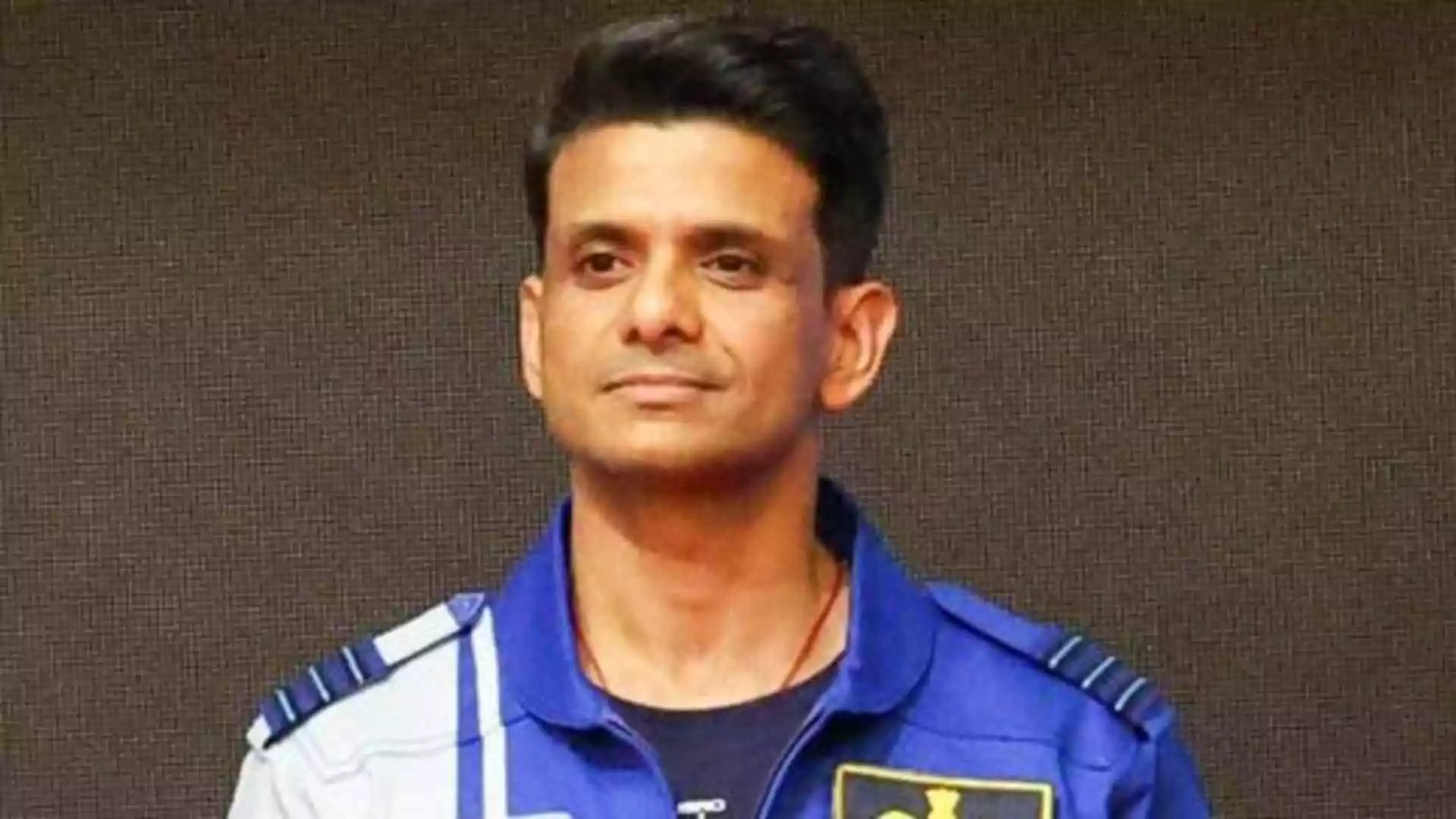After a lot of waiting and delays, India’s space program is finally ready to make two big moves that could change its future in space forever. The government has just confirmed that the NISAR satellite, a major project with NASA, will be launched in June 2025. At the same time, another huge announcement was made: an Indian astronaut will soon head to the International Space Station (ISS) for the very first time.
These exciting updates came after a key review meeting led by Union Minister Dr. Jitendra Singh.
Meet Shubhanshu Shukla, the First Indian Going to the ISS
One of the biggest pieces of news is about Group Captain Shubhanshu Shukla, a pilot from the Indian Air Force. He’s going to become the first Indian ever to visit the ISS, and only the second Indian in space, after Rakesh Sharma, who flew way back in 1984.
Shukla is all set to fly as part of the Axiom Mission 4 (Ax-4) — a private mission run by Axiom Space, a U.S.-based company that works closely with NASA. If all goes according to plan, he’ll head to space no earlier than May 2025, launching on a SpaceX Dragon spacecraft.
He’ll be the pilot of the mission, flying alongside Peggy Whitson (a legendary NASA astronaut who’ll be the commander), and two other astronauts from Hungary and Poland.
It’s Not Just About the Ride — It’s a Full-On Science Mission
This trip to space isn’t just about making history. The Ax-4 mission will also be packed with science. The team is planning to stay on the ISS for 14 days, during which they’ll do over 60 science experiments — and seven of them are from ISRO, done in collaboration with NASA and ESA (the European Space Agency).
They’ll study all kinds of cool stuff like:
-
How algae grows in space
-
What happens to muscles in zero gravity
-
How living things deal with extreme environments
-
And even some ideas for new treatments based on what happens in space
Axiom Space says this will be their most research-focused mission yet, involving scientists from 31 countries. The goal? To learn more about life in space — and use that knowledge to make life better here on Earth.
Also, just in case something comes up, Group Captain Prashanth Nair will be Shukla’s backup for the mission.
After Delays, NISAR is Finally Ready to Go
Along with the Ax-4 news, the government confirmed that the NISAR satellite will launch in June 2025. It’s been in the works for more than 10 years and has faced its fair share of delays. The main issue was with its 12-meter radar antenna, which caused the launch to get pushed back from 2024 to March 2025 — and now finally to June.
But this time, officials say everything is set. The satellite will blast off from Sriharikota using ISRO’s GSLV-F16 rocket.
So, What’s NISAR All About?
NISAR (short for NASA-ISRO Synthetic Aperture Radar) is a big deal. It’s the first satellite ever made to carry two types of radar — one from NASA (L-band) and one from ISRO (S-band). These radars will help track changes on the Earth’s surface really accurately, even tiny shifts just a few centimetres wide.
The satellite itself weighs 2.8 tonnes, and it cost more than ₹5,800 crore to build. Once it’s in orbit, it will scan almost the entire planet every 12 days, looking at land, ice, forests, and more.
Scientists hope it will help with:
-
Tracking climate change
-
Watching for natural disasters like earthquakes and landslides
-
Studying glaciers and wetlands
-
Understanding how land is being used
And because it works even through clouds and thick forests, it can gather information almost anytime, anywhere.
Open Data, Global Benefits
One of the coolest things about NISAR is that its data will be shared freely with researchers and governments around the world. It’s built using parts and tech from both the U.S. and India, and it’s got some serious power — high-speed data links, GPS systems, radar booms, and more.
All of that info will be stored in cloud-based systems, so scientists everywhere can use it for research, disaster planning, and even climate policy.





















